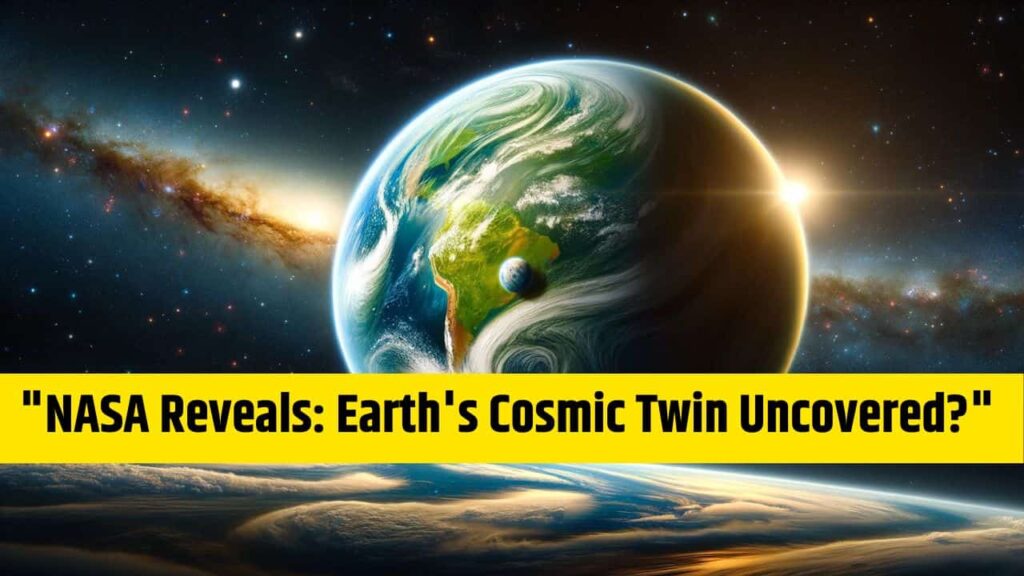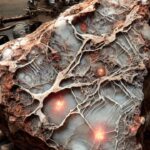Astronomers are excited about the recent identification of a “super Earth” in close proximity, especially its potential to sustain life. This planet, found orbiting a dim, red star only 137 light-years from our own, sits within the habitable zone—a region in space where conditions may be right for the presence of water. Named TOI-715 b, this newly discovered exoplanet, approximately 50% larger than Earth, adds to the growing list of planets outside our solar system that could possibly support life

In addition, researchers from an international team have hinted at the possibility of another planet, comparable in size to Earth, within the same celestial system. According to a press release from NASA, if this second planet’s existence is verified, it would stand as the tiniest planet located in the habitable zone ever detected by TESS, NASA’s mission dedicated to finding exoplanets.
Understanding the Habitable Zone
Definition of the Habitable Zone
The habitable zone, colloquially known as the “Goldilocks zone,” is a concept in astronomy that identifies the orbital region around a star where conditions might be just right for liquid water to exist on a planet’s surface. This zone is characterized by temperatures that are neither too hot nor too cold, making it possible for water to stay in its liquid form, which is considered essential for life as we understand it.
Importance of Liquid Water
Liquid water is fundamental for life because it acts as a universal solvent, facilitating the chemical reactions necessary for biological processes. The presence of liquid water on a planet’s surface is thus a primary criterion for considering its potential to support life.
Variability of the Habitable Zone
The exact range of the habitable zone varies from one star system to another, depending on several factors such as the star’s size and temperature. For smaller, cooler stars, their habitable zones lie closer to them. Conversely, for larger, hotter stars, the habitable zones are located further away.
Exoplanets in the Habitable Zone
Exoplanets, or planets outside our solar system, that orbit their stars within this habitable zone are prime candidates in the search for extraterrestrial life. Their location in the habitable zone suggests that they have the potential to maintain liquid water on their surfaces.
Factors Influencing Habitability
However, a planet’s placement in the habitable zone is just one of many factors that influence its habitability. Other critical aspects include the planet’s atmosphere, magnetic field, and geologic activity, all of which can affect its ability to harbor life. The concept of the habitable zone serves as a guide for astronomers to identify exoplanets that merit closer study in the ongoing quest to find life beyond Earth.
Insights into the ‘Super Earth’
Discovering Exoplanets
Ground-based telescope networks and spaceborne instruments are gradually enhancing our comprehension of exoplanets located outside our own solar system. This burgeoning field of astronomy is continuously uncovering the vast diversity and characteristics of these distant worlds.
Recent Observations by NASA
Recently, NASA shared breathtaking visuals taken by the James Webb Space Telescope, showcasing spiral galaxies filled with an abundance of stars and the presence of supermassive black holes. These images provide a glimpse into the complex and richly detailed universe that exists beyond our immediate celestial neighborhood.









